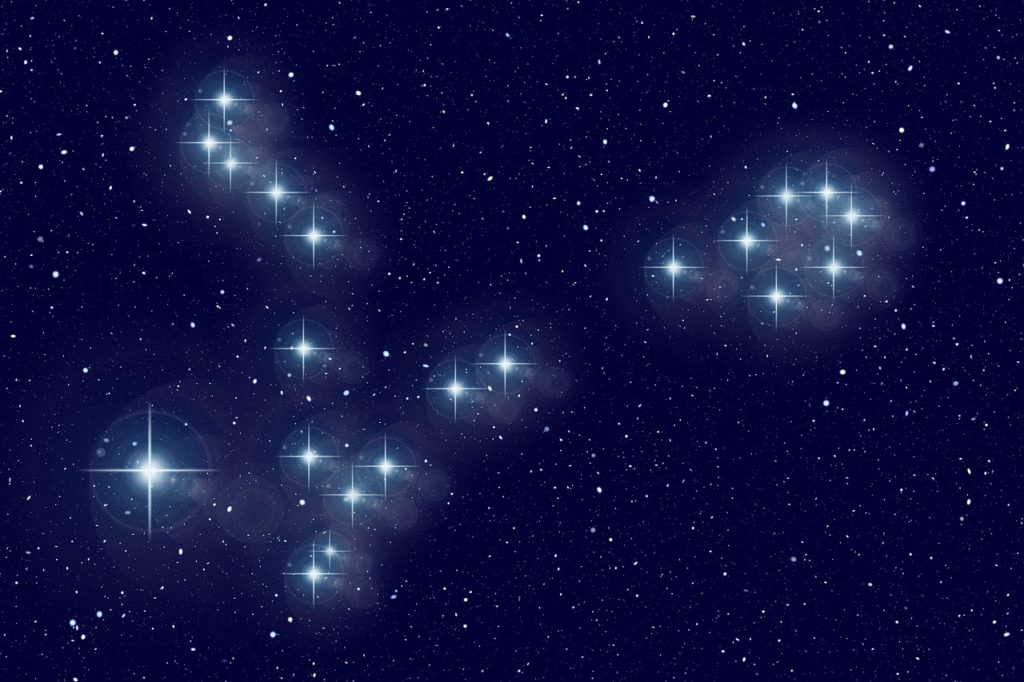
Imagine you’re in a spaceship, hurtling past star systems until you grind to a halt in the constellation Pisces, 640 light years from Earth. Here, you spot a planet with an atmosphere so hot that iron evaporates into clouds and condenses into a pelting rain of molten iron. What if, instead of traveling across space and time, we could explore this phenomenon without leaving Earth?
The Very Large Telescope (VLT), located in Chile, is a collection of four telescopes powerful enough to view celestial objects four billion times fainter than what the human eye can see. Installed alongside the VLT in 2017, an instrument called ESPRESSO can detect stellar movements at a mere 0.2 mph and give information about the chemical composition of celestial bodies. With ESPRESSO, researchers have gained insight into an exoplanet (a planet of a star other than the Sun) called WASP-76b that appears to rain liquid iron within its atmosphere.
WASP-76b is so close to its star that only 43 hours are required to complete one revolution (compared to a year for Earth around the Sun!). The star has a surface temperature of about 12,000 °F, which is hotter than the Sun’s temperature of 10,000 °F. Because WASP-76b is tidally locked – only one side ever faces the star, like how only one side of the moon faces Earth – the heat vaporizes iron on a single side of the planet, forming clouds of elemental iron. Wind gusts in excess of 10,000 mph blow iron clouds over to the dark side of the planet, raining molten iron from the sky.
How do we know the rain is composed of iron? As reported in Nature this month, a team of scientists collected light from the Very Large Telescope and analyzed the data obtained from ESPRESSO, which showed electronic transitions specific to iron vapor. However, the night side of the planet, averaging 2,780 °F (roughly the melting temperature of iron), did not show the spectral features indicative of gaseous iron. From these two observations, the team concluded that iron vapor condenses into rain at the transition between the extremely hot day side (4,400 °F) and the colder night side. As the first study demonstrating a gradient in the chemical phase across the surface of an exoplanet, this work paves the way for a new frontier of astronomy. If molten iron raining down upon distant planets is a taste of what instruments such as ESPRESSO are capable of discovering, I’m here for it.
Peer edited by Connor LaMontagne